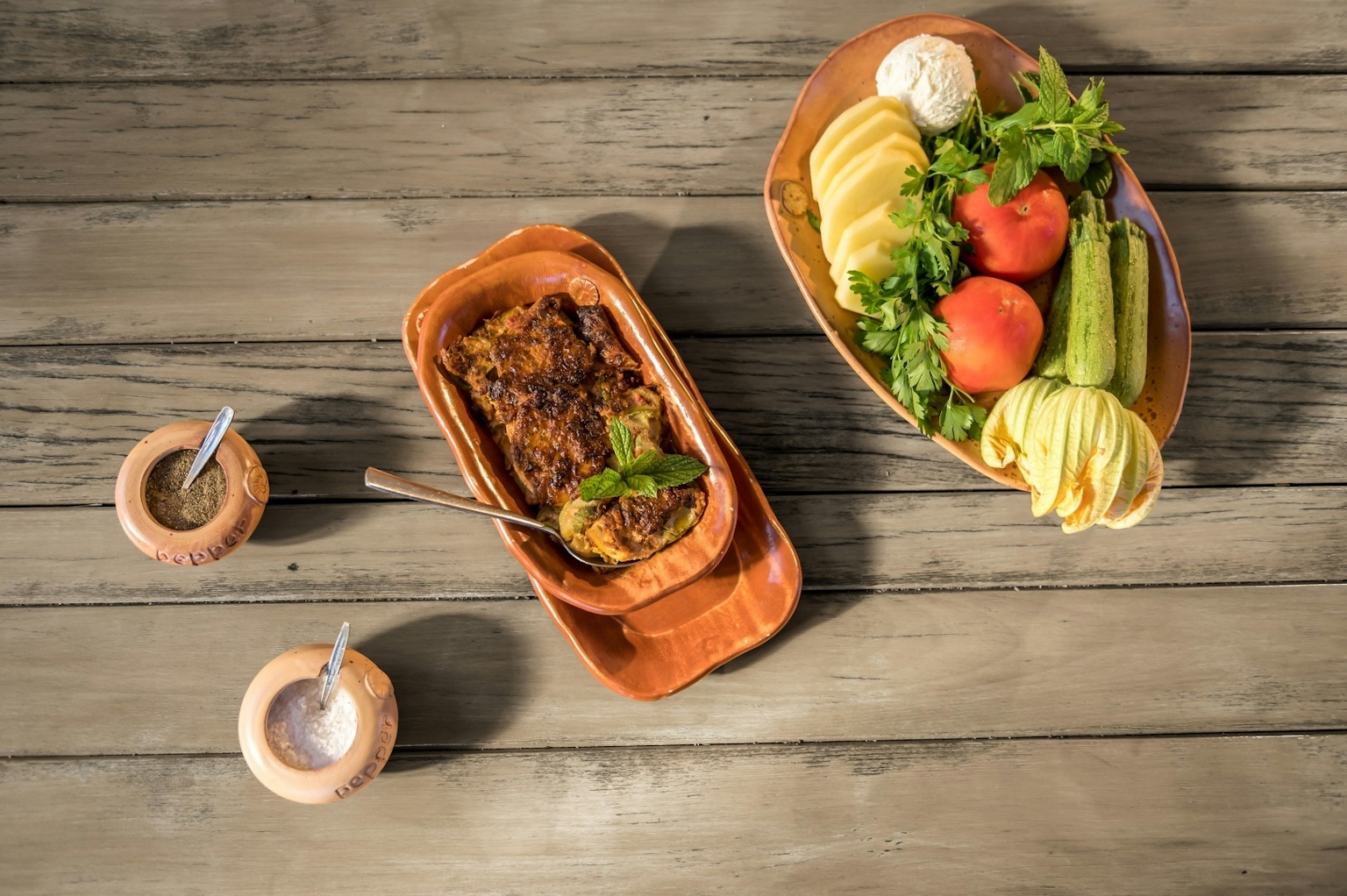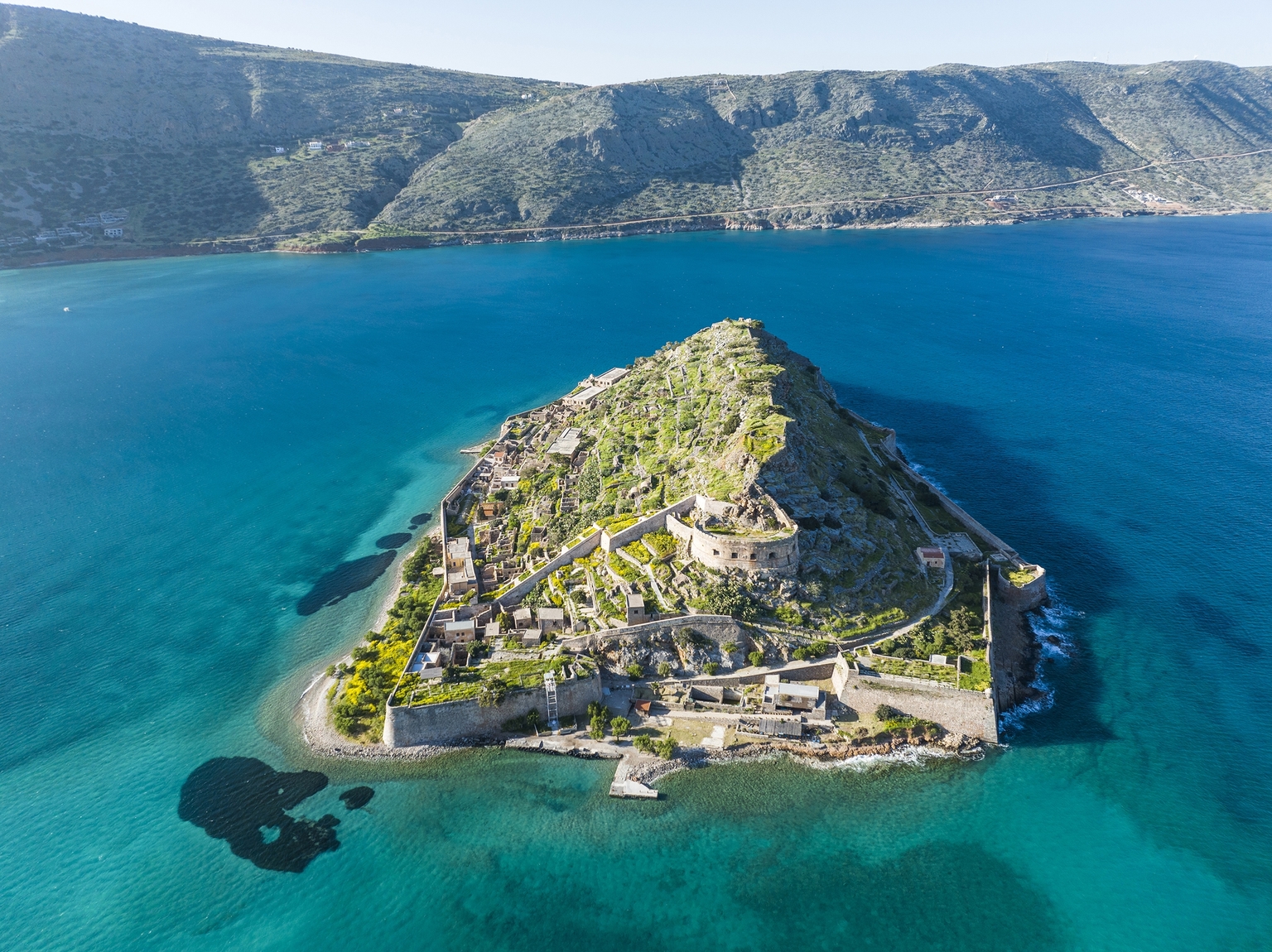Thrapsano: Pottery Art – Cerameus
Art & Culture
Art & Culture
The village of Thrapsano has been one of the biggest pottery centers in Crete over the centuries and local potters consider themselves to be successors of Minoan pottery. This ancient form of art, which has seen flourishing in Thrapsano, reached its peak during the period 1920 to 1960, presenting a small decline during the period of German occupation (1940-1944).
It has been estimated that from the late 19th century up to the 1970s 153 pottery workshops existed in Thrapsano, in which earthenware such as jars and jugs were mainly made. But in order to make big pots, which were difficult to move because of their weight and size, a specific activity has been developed. This is called “ventema”. During summer the potters used to settle down in groups in various parts of Crete, where raw materials were available. There they used to manufacture and sell their products. Indeed about 180 “ventemarika” kilns have been found scattered throughout the island. The workshops of potters consisted of small groups of people, each of whom was responsible for a specific task related to the complex process of pottery. Each year these groups used to leave from Thrapsano on 21 May and returned early September. The “ventema” ceased gradually until the end of the 60s, when the traditional techniques of ceramics started to end.
From then until now there have been permanent pottery workshops around the village of Thrapsano, which are also a lever for the development of the local economy. These pottery workshops have modern equipment with new technologies but they do not cease to be inspired by the traditional pottery of Crete, from which several morphological and decorative elements are derived.
Source: Discoverminoapediadas
Related news





























